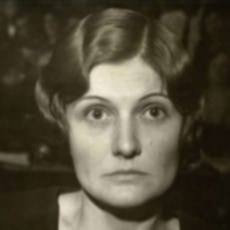
1905 - 1998
Winnie Ruth Judd
Summary
Name:
Nickname:
Marian Lane / The Trunk Murderess / The Tiger Woman / The Blonde ButcherYears Active:
1931Birth:
January 29, 1905Status:
DeceasedClass:
MurdererVictims:
2Method:
ShootingDeath:
October 23, 1998Nationality:
USA
1905 - 1998
Winnie Ruth Judd
Summary: Murderer
Name:
Winnie Ruth JuddNickname:
Marian Lane / The Trunk Murderess / The Tiger Woman / The Blonde ButcherStatus:
DeceasedVictims:
2Method:
ShootingNationality:
USABirth:
January 29, 1905Death:
October 23, 1998Years Active:
1931Date Convicted:
February 8, 1932bio
Winnie Ruth McKinnell was born on January 29, 1905, in Oxford, Indiana. She was the daughter of Reverend H.J. McKinnell, a Methodist minister, and Carrie McKinnell. Growing up, she was shaped by her family's religious background. At the age of 17, she married Dr. William C. Judd, a World War I veteran who was more than twenty years older than her. After their marriage, the couple moved to Mexico.
In the early years of their marriage, they faced many challenges. William struggled with morphine addiction due to his war injuries and had a hard time finding stable work. This caused them to move frequently and live with little money. Winnie Ruth also had her own health issues, which made it hard for her to have children. These problems put a strain on their relationship.
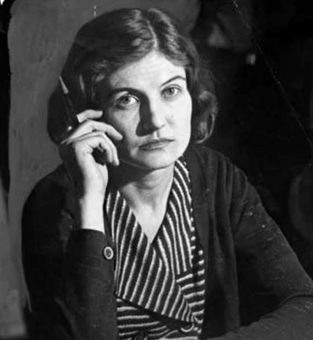
By 1930, Winnie Ruth and William were mostly living apart but stayed in touch. She moved to Phoenix, Arizona, where she took a job as a governess for a wealthy family. During her time in Phoenix, she met John J. "Happy Jack" Halloran, a businessman who was also married. Their friendship grew and they eventually became involved in an affair.
Winnie Ruth then began working as a secretary at the Grunow Medical Clinic in Phoenix. At the clinic, she met Anne LeRoi, an X-ray technician, and Anne's roommate, Sarah Hedvig Samuelson. The two women had moved to Phoenix from Alaska because Sarah was sick with tuberculosis. Winnie Ruth became friends with both Anne and Sarah. In 1931, she even lived with them for a couple of months, but soon moved back to her own apartment due to some disagreements.At that time, Winnie Ruth was 26 years old, Anne was 27, and Sarah was 24.
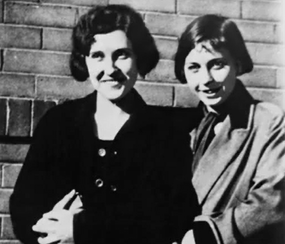
murder story
On the night of October 16, 1931, Winnie Ruth Judd, Anne LeRoi, and Sarah Samuelson were involved in an altercation that led to the deaths of LeRoi and Samuelson. It was suggested that the fight was fueled by jealousy over Jack Halloran, a man they all knew. Judd was accused of using a .25 caliber handgun to shoot both women while they were in their beds at their home in Phoenix, Arizona.
After the murders, Judd and an accomplice dismembered Samuelson's body. They placed parts of her body into a black shipping trunk and other luggage. LeRoi's body was put intact into a second trunk. On October 18, 1931, Judd boarded a train to Los Angeles, carrying the trunks with her despite having a bandaged hand from a gunshot wound.
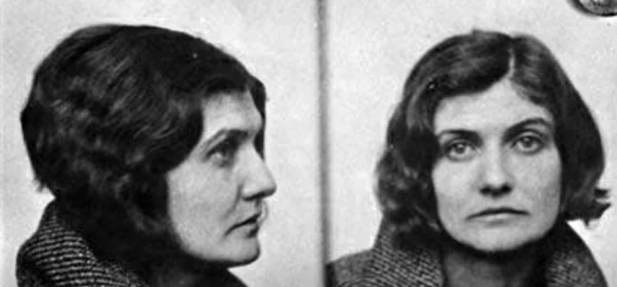
As the train approached Los Angeles, baggage handler H.J. Mapes noticed a foul smell coming from Judd's luggage and alerted authorities. When Judd arrived, her brother picked her up, and she left the trunks behind without a key. The police later opened the trunks and discovered the bodies. Judd disappeared for several days before surrendering to police on October 23, 1931.
The case attracted nationwide attention, earning Judd the nicknames of "Tiger Woman" and "Blonde Butcher," and the crime became known as the "Trunk Murders." The initial police investigation faced issues as many people, including neighbors, were allowed into the crime scene, potentially compromising evidence.
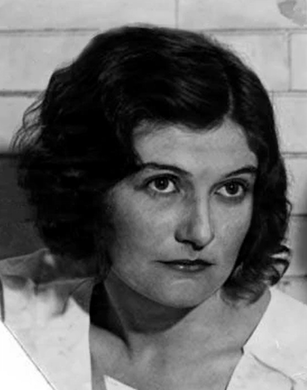
Judd’s trial began on January 19, 1932. She was charged with the murder of LeRoi, but the dismemberment of Samuelson was not addressed during the trial. The prosecution argued that Judd acted with premeditation. They maintained that her relationship with the two women had soured due to her jealousy over Halloran. The jury found Judd guilty on February 8, 1932, recommending the death penalty. However, several jurors later claimed they felt pressured.
Judd’s death sentence was overturned in April 1933 after a hearing found her mentally incompetent. She was committed to the Arizona State Asylum for the Insane. While in the asylum, Judd escaped multiple times. Her final escape in 1963 led her to live under a false identity for several years.
Judd was paroled in 1971 and later received an "absolute discharge" from the state in 1983. She eventually returned to California and later to Phoenix, where she passed away on October 23, 1998.